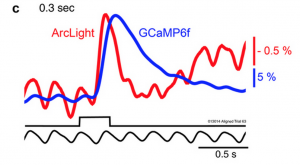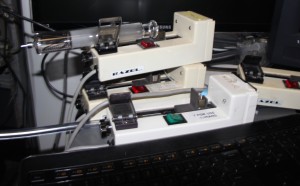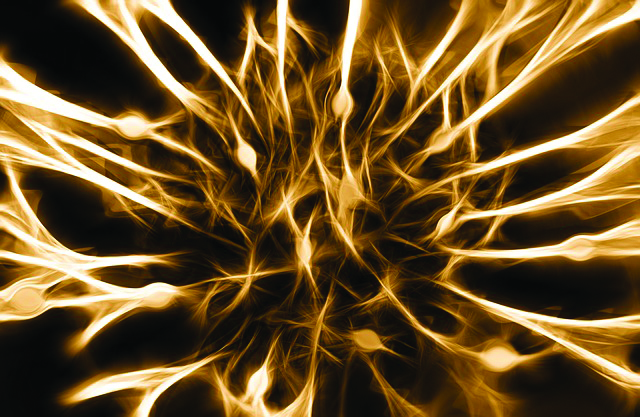ArcLight, a protein that serves as a fluorescent tag for genes and that can be used to monitor the action potentials of neurons, offers a new way for scientists to understand how nerve cells operate and communicate.
Traditionally, calcium sensors have been used in experiments to measure signals from mammalian neurons. ArcLight will be more efficient and more accurate in this job, as Yale postdoctoral fellow Douglas Storace showed in a recent study.

In the experiment, either ArcLight or calcium sensors were injected into the olfactory bulb of a mouse through a viral injection. The mouse was then placed in a machine that released an odor for the mouse to sniff. Simultaneously, using an electron microscope, Storace observed changes in fluorescence triggered by the sensing genes. Because of the rapid ArcLight fluorescence following stimulation of neurons, Storace and his colleagues were able to monitor voltage changes in real time.
Prior to the discovery of ArcLight, calcium sensors were used to loosely monitor voltage changes. One step in the action potential involves an influx of charged calcium particles from the outside to the inside of a neuron’s membrane. However, this change in calcium concentration does not occur until long after initial membrane depolarization, or the start of the neuron’s firing. As such, calcium sensors cannot obtain precise measurements of voltage changes for a neuron — at least, not in comparison to ArcLight.
ArcLight monitors voltage changes directly. It can be targeted to specific populations of cells, allowing scientists to monitor multiple action potential pathways and the ways in which they interact.

“A more accurate way of monitoring the voltage in neurons gives us a lot more information about their activity,” Storace said. “Potentially, this discovery will give us enough information about neurons to lead to a major breakthrough.”
Cover Image: With ArcLight, real-time imaging of neuronal networks could lead to a major breakthrough in understanding the brain’s many components. Image courtesy of Pixabay.

